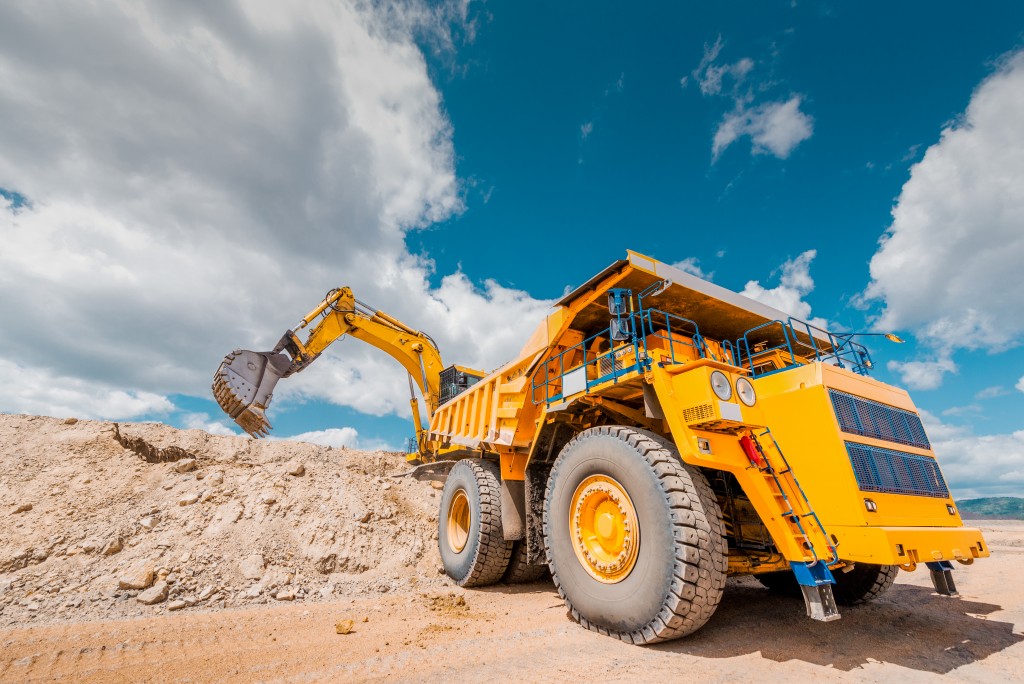Governments throughout the world are investing in better infrastructure and smart city projects to stimulate local economies, prepare people for an increasingly interconnected lifestyle, and to adapt to the impact of climate change.
Build, Build, Build
These strategies are targeted at enhancing existing public infrastructure for both rural and urban areas. Regions experiencing an increase in large infrastructure projects include the Asia-Pacific and Europe, with India, Brazil, and China being some of the biggest spenders. These initiatives are a boon for the construction industry after global economic growth in 2019 softened because of Brexit, trade tensions between the USA, Europe and China, and financial volatility in developing economies and emerging markets.
Despite the turbulent economic environment, the construction equipment rental market for 2019 globally generated over US$120 billion, according to a recent report by Global Market Insights. Their data predict the compound annual growth rate (CAGR) between 2020 and 2026, to average 4.5 percent. Although the COVID-19 pandemic has temporarily halted some construction activities, the overall projections are still reasonable.
Heavy Workloads

Heavy machinery in construction is divided into three categories: earth-moving and road construction, including backhoes, excavators, loaders and compactors; cranes and material handling, including industrial trucks, storage and bulk material handling equipment and engineered systems for material movement; and concrete works machinery, including concrete pumps, crushers, batching machines, mixers, and plant for asphalt laying.
Based on the GMI report’s data on global investments in public infrastructure since 2015, the biggest demand is for earth-moving and road construction machinery, taking 60 percent of the market. Within the sector, backhoes and excavators were rented the most.
Here’s the Deal
The expense for using the equipment needs to balance the savings made with the cost of use. Heavy plant in construction saves time and labor, but what is the cost difference between buying new equipment, leasing, or renting?
Renting is favored by smaller companies that do not have a large inventory, or for construction projects that only require the equipment for a few weeks or months. Payments are more flexible, although more expensive than leasing, and the contractor isn’t responsible for maintenance and repair unless the user severely damages the equipment. Capital requirements are lower, and some hire firms offer rent to buy options. When hiring, consider machine availability. For example, renting an excavator or other standard vehicles is often easier for short term projects than specialized equipment.
Leasing is renting over the long-term, for a year or longer. Because the contract is longer than for renting, the monthly cost is cheaper. It retains some flexibility and cost benefits of renting and doesn’t require the capital costs of buying. Hire costs for more specialized items are often higher because of the owner’s initial outlay compared to the equipment’s lease demand. Also, hiring companies often prioritize new equipment for lease agreements. The depreciation of sale price in a niche market after a long-term lease may mean it will be challenging to sell second-hand.
Buying heavy machinery is often part of a company’s strategic plan to build equity and reduce longer-term overheads. When buying new, the company compares warranties, service support, and maintenance packages to extend the life of the vehicle. Buying heavy equipment means you do not have the flexibility of renting or leasing, and it will remain idle during the cyclical downturn of the industry. The advantage is that it is exclusively available.
Whether to rent, lease, or buy does not have a cookie-cutter formula for making the right decision. Whatever the best option is for your company, construction industry predictions are for increased demand. That means more heavy equipment is needed to complete the projects efficiently.



